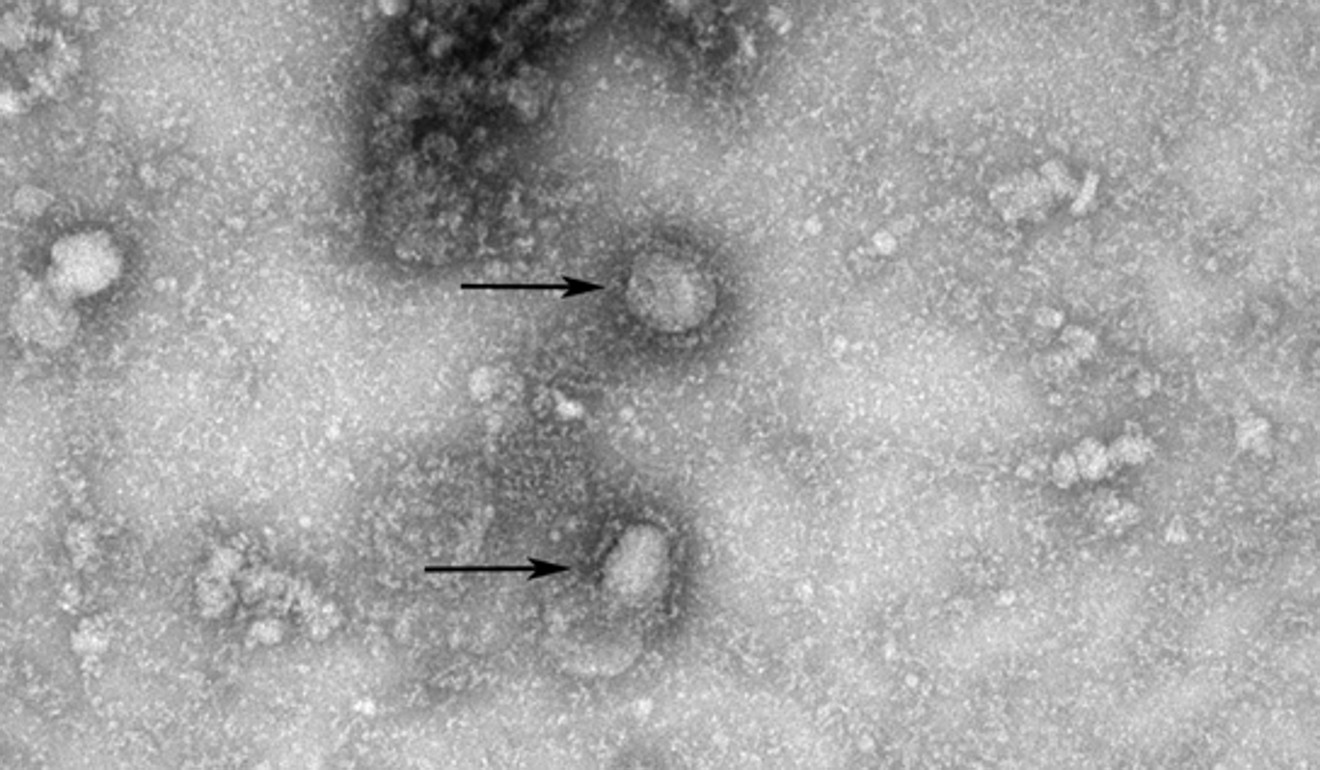
Wuhan pneumonia: Hong Kong set to develop new test for mystery virus after obtaining genetic sequence from mainland China
- A team of experts will also fly over to the mainland city to be briefed on the situation and learn about control measures
- News comes after China confirms first death from novel coronavirus strain
A team of Hong Kong experts, meanwhile, will on Monday fly to Wuhan – ground zero of the outbreak – in Hubei province to meet health officials there and get first-hand information on the disease and control measures implemented.
The latest development came as Hong Kong’s public hospitals reported seven more suspected cases.
Wuhan pneumonia: how search for source unfolded
The seven comprised two boys aged eight and 13, a 10-year-old girl, a man and three women, aged 38 to 67. All had been to the mainland city in the past two weeks and developed fever, respiratory infection or pneumonia symptoms.
None of them had visited wet markets there.
The patients were sent to six hospitals – Queen Elizabeth, United Christian, Queen Mary, Eastern, Tuen Mun, and Prince of Wales.

The Centre for Health Protection in Hong Kong confirmed on Sunday that it had received notification from China’s National Health Commission that it had shared with the World Health Organisation the genetic sequence of the new coronavirus.
In a statement the centre said the relevant institutions had also uploaded the genetic sequence onto an online genetic database called GISAID.
"GISAID is cross-checking the information and will publish it upon completion,” the centre added.

“The [centre’s] Public Health Laboratory Services Branch … as one of the users of [the genetic database], will obtain the genetic sequence of the novel coronavirus. While [the branch] is conducting molecular testing for a number of coronaviruses, it will develop specific tests based on the information of the new sequence,” the centre added.
Wuhan pneumonia ‘bears close similarity to Sars’, analysis finds
Genome sequencing of viruses is a useful tool for better understanding of the nature of diseases caused and for surveillance of the strain. The technology allows the development of specific diagnostic kits that can quickly identify illnesses and relevant care for patients, ensuring better containment of an outbreak.
The centre pledged to maintain close liaison with the National Health Commission and WHO and closely monitor the latest development of cases in Wuhan.
A group of Hong Kong experts, led by undersecretary for food and health Dr Chui Tak-yi, will leave for Wuhan on Monday. During their two-day visit, the team is expected to be briefed on the latest situation and control measures, as well as on clinical management.
Also part of the group is Dr Chuang Shuk-kwan, head of the communicable disease branch of the Centre for Health Protection, and Dr Raymond Lai Wai-man, chief infection control officer at the Hospital Authority.

Since December 31, the authority has reported 67 suspected cases with no confirmed infection of the Wuhan strain thus far. Among these, 51 have been discharged and those still in hospitals are in stable condition.
Chinese scientists investigating the outbreak said last week they believed the pathogen was a previously unknown type of coronavirus, linked to the family under which the acute respiratory syndrome, or Sars, is also classified.
The primary source for the Wuhan virus was believed to be bats, as with Sars, which passed it to game animals consumed by humans.
On Saturday a 61-year-old man became the first patient to die from the new strain, among the 41 cases diagnosed in the mainland city, according to health authorities there.

